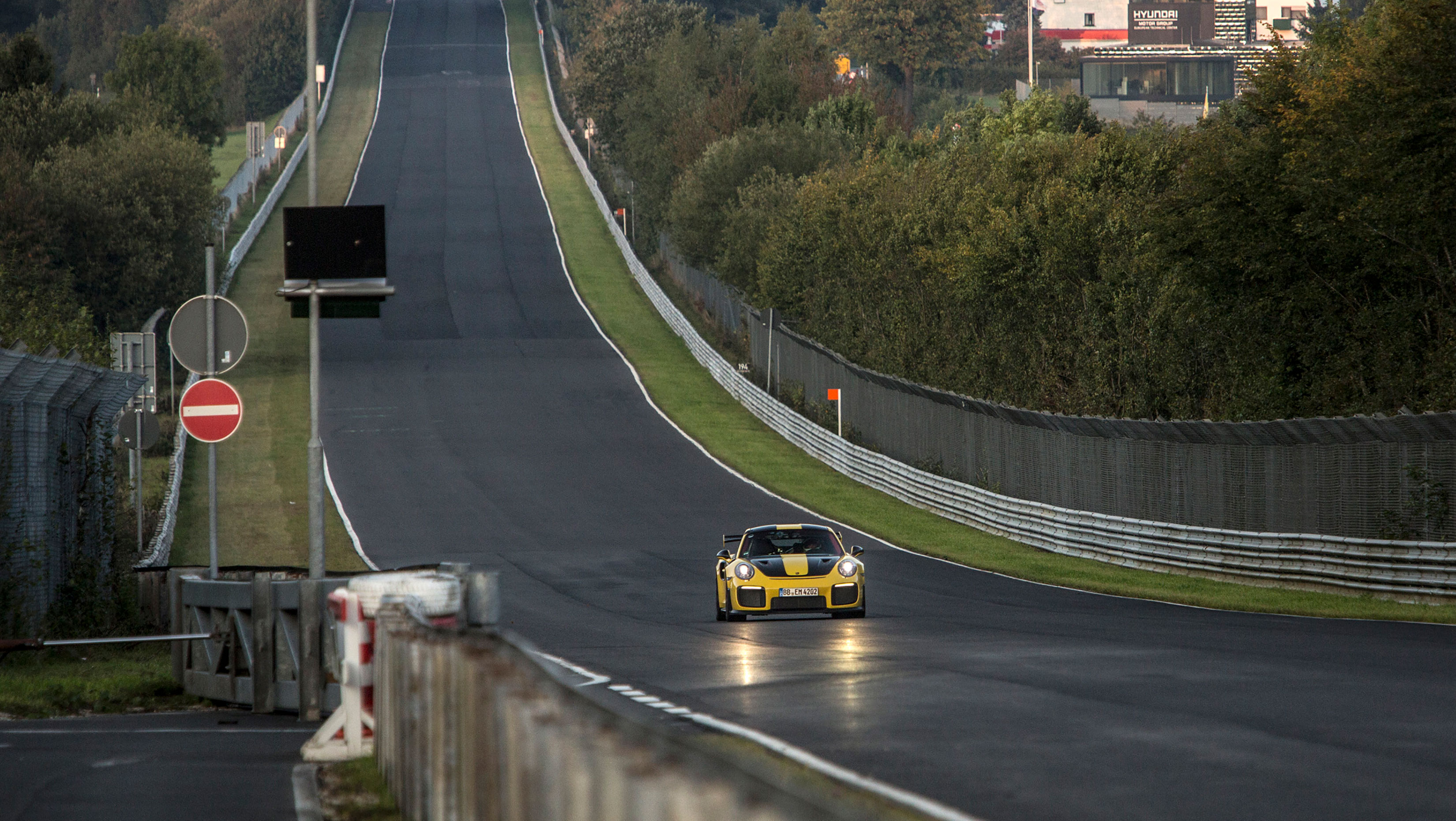What is the Nurburgring and why does almost every car manufacturer test there?
The Nurburgring is used primarily for testing purposes due to it's imperfect and demanding layout. Manufacturers can push the car to its limits and beyond in a safe and closed environment while still having the dynamics of a road.

Before you read the story, pause, think of a modern day sportscar or supercar and it is very likely that the car was tuned and tested at the Nurburgring. There are plenty of racetracks around the world though, so why would Hyundai go all the way from South Korea and set up the headquarters for it’s N division in a small village in Germany? Well, firstly because the Nurburgring is unlike any racetrack in the world, it is basically a long closed road. You cannot replicate the imperfections and undulations of the road, on a racetrack but you can at the Nurburgring, thanks to the extremely varied 25.98km long ribbon of tarmac that it is. The full track is differentiated into two complexes — the Nordschliefe which is 20.8 kilometres long and the Grand Prix track which is 5.1 kilometres long.

The Nordschliefe is where the testing primarily happens, there are days specially allocated for industry testing where everyone from major car manufacturers to tyre companies and even tuners land up and push their cars to the limits to find out how they would perform in the real world. Nurburgring comprises of huge crests, blind corners and an overall extremely challenging layout unlike any other racetrack where you have vision of what’s ahead. This means that cars at the Nurburgring are pushed harder, on worse surfaces and in a larger variety of conditions than at an ordinary track. A majority of cars that are on the roads today have been developed at the ‘Ring, performance and non-performance cars. However there are a few cars that have been fully developed at the ‘Ring like the Mercedes-AMG GTR, called the Beast of the Green Hell (Mercedes actually has a GT R that runs laps around the ‘Ring taking people for rides at full chat). Hyundai’s N line of cars have all been developed there, the N does stand for Nurburgring (and Namyang) after all. The Porsche 911 GT2 RS has been developed at the ring as well as it’s naturally aspirated cousin the GT3 RS. Yes, Porsche does have their own test track but the fact is that the Nurburgring highlights faults in a car that just wouldn’t come up anywhere else other than if you had the public road to yourself for days on end. A number of companies have permanent offices at Nurburg, the town which surrounds the track. The infrastructure makes it very easy for manufacturers to test their cars at limit, it is especially easy for the big German manufacturers to do so.

Due to this, the Nurburgring has become infamous for laptimes set by manufacturers to claim supremacy, with a motive that a car that is faster at the Nurburgring will usually be faster almost anywhere else in the world. The current record holder for a stock production car is the Lamborghini Aventador SVJ which managed to dethrone the Porsche 911 GT2 RS with a blistering time of 6:44.97, almost three seconds faster than the German. The fastest car overall however, is the Porsche 919 Hybrid Evo with Timo Bernhard at the wheel managing a lap time of 5:19.546, 40 seconds faster than the all-electric Volkswagen ID.R in second place! If you haven’t seen the video of the record attempt, it is a must watch, Timo’s skills are on full display there, as are the 919’s almost warp speed capabilities.

The Nurburgring is not the only place car companies test, there are tests on public roads and other race tracks too but the ‘Ring plays a very big part in the development of the car, be it a BMW 530d or a M5 Competition. The objectives of the testing process may be different for each car but with most cars, nine times out of 10, the venue is usually the Green Hell.


